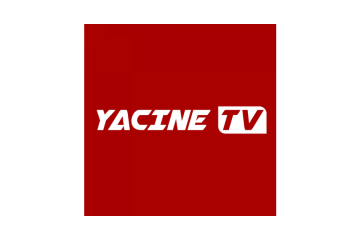Aviation maintenance workers face numerous issues due to corrosion, which is a constant danger to aircraft’s structural integrity and safety. This comprehensive guide will walk you through practical methods for preventing corrosion and maintaining aircraft airworthiness.
1. Protective Coatings
The use of protective coatings is essential in the fight against corrosion in aircraft structures. These coatings, among the most widely used and effective techniques, provide a strong defense against the sneaky effects of corrosion. These coatings, composed of materials resistant to corrosion, such as epoxy or polyurethane, function as a barrier between the metal substrate and corrosive agents like chemicals and moisture. Furthermore, some coatings include corrosion inhibitors built right in, which actively work to prevent rust and corrosion over time. Protective coatings provide strong defense mechanisms that protect aircraft’s structural integrity, durability, and operational reliability, all of which help to keep people and property safe.
2. Cathodic Protection
The tried-and-true cathodic protection method uses impressed current devices or sacrificial anodes to protect metal surfaces against corrosion. The aircraft structure is positioned to hold sacrificial anodes, which are usually composed of aluminum or zinc. By acting as sacrificial shields against corrosion, these anodes corrode sacrificially rather than the protected metal. Conversely, impressed current systems use electrical currents to keep corrosion away from weak spots, providing long-term protection in harsh situations. The longevity and integrity of aircraft structures are protected from the corrosive forces of nature by cathodic protection, which can be achieved using impressed current systems or sacrificial anodes. In the face of environmental problems, this crucial approach guarantees the dependability and safety of aircraft operations.
3. Corrosion Inhibitors
To effectively protect aircraft surfaces from the sneaky threat of corrosion, corrosion inhibitors are an essential first line of defense. These chemicals can be applied carefully to the surfaces of aircraft, where they work to either stop or slow down the corrosion process. Corrosion inhibitors function as guardians by creating a barrier that prevents corrosive substances from interacting with the metal beneath them. One notable example is ACF-50, a specialized corrosion inhibitor tailor-made for aviation applications. Renowned for its efficacy, Anti-Corrosion Formula-50 provides enduring protection against corrosion in even the most unforgiving environmental conditions, ensuring the longevity and reliability of aircraft structures. As a vital component in corrosion prevention strategies, corrosion inhibitors are pivotal in preserving aircraft integrity and enhancing operational safety.
4. Regular Inspections and Maintenance
The cornerstone of corrosion prevention measures is routine inspections and maintenance, which create a proactive shield to safeguard the integrity of the aircraft. Experts in aviation maintenance closely follow strict inspection procedures, carefully inspecting aircraft surfaces for corrosion indicators like rust, pitting, or discoloration. Early corrosion detection allows for quick action, with damaged components being replaced or repaired as soon as necessary. Aircraft operators efficiently limit corrosion risks and ensure the airworthiness and safety of their fleets by closely following preventative maintenance schedules and performing thorough inspections. This steadfast approach to routine maintenance demonstrates a commitment to operational excellence, guaranteeing the aircraft’s continuous dependability and performance while they are in use.
5. Environmental Controls
Controlling environmental variables, including temperature, humidity, and exposure to corrosive materials, is essential to preventing aircraft corrosion. Implementing dehumidification systems, climate-controlled hangars, and appropriate storage facilities are essential for preserving ideal circumstances for aircraft preservation. The likelihood of corrosion-related damage over time is decreased by taking these efficient steps to reduce moisture levels and environmental variations. Furthermore, a proactive strategy to improve long-term durability and corrosion resistance is to incorporate corrosion prevention techniques, such as corrosion-resistant materials and coatings, into aircraft design and manufacturing processes. Aviation stakeholders maintain their fleets’ integrity and dependability by prioritizing environmental controls throughout the aircraft lifecycle, guaranteeing safe and effective operations for years to come. This commitment to environmental management underscores a dedication to aircraft safety and sustainability in the aviation industry.
Conclusion
To combat airplane corrosion, a comprehensive strategy that includes corrosion inhibitors, cathodic protection, protective coatings, routine maintenance and inspections, and environmental controls is needed. Aviation professionals can successfully manage corrosion threats and guarantee their aircraft fleets’ ongoing safety and airworthiness by putting these practical solutions into practice.



